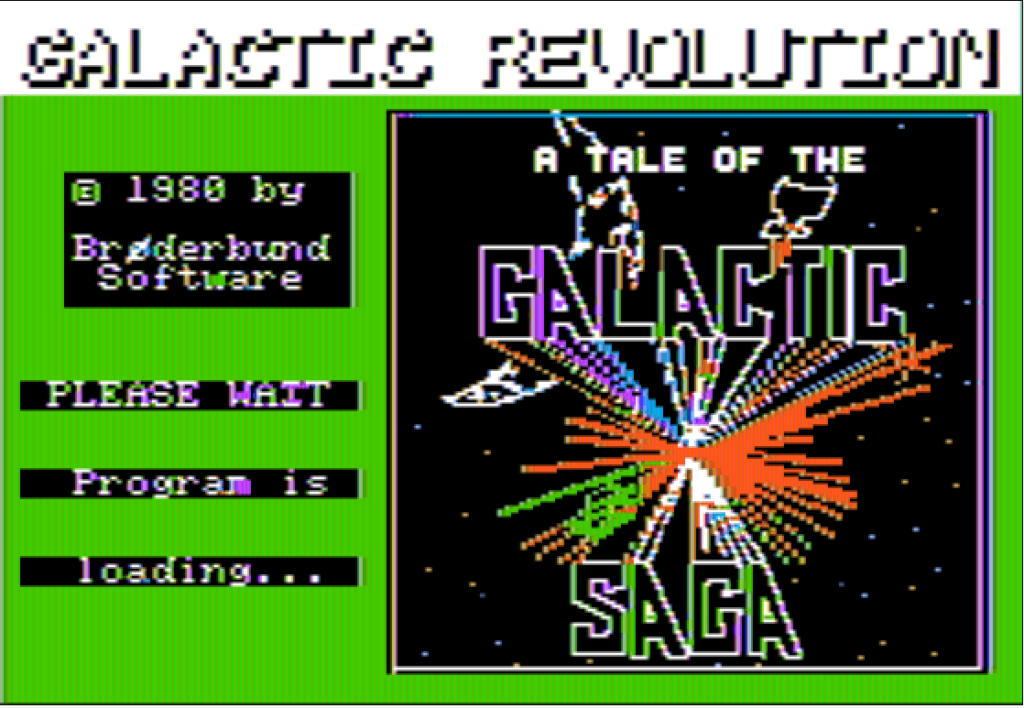
– So, President Julien Du Buque, when you started your Revolution, who were you fighting for ?
– The military !
– But were you not leading a revolution for the people ?
– The people ? You mean those peasants ! Ah ! No, no. That’s who Emperor Tawala was fighting for !
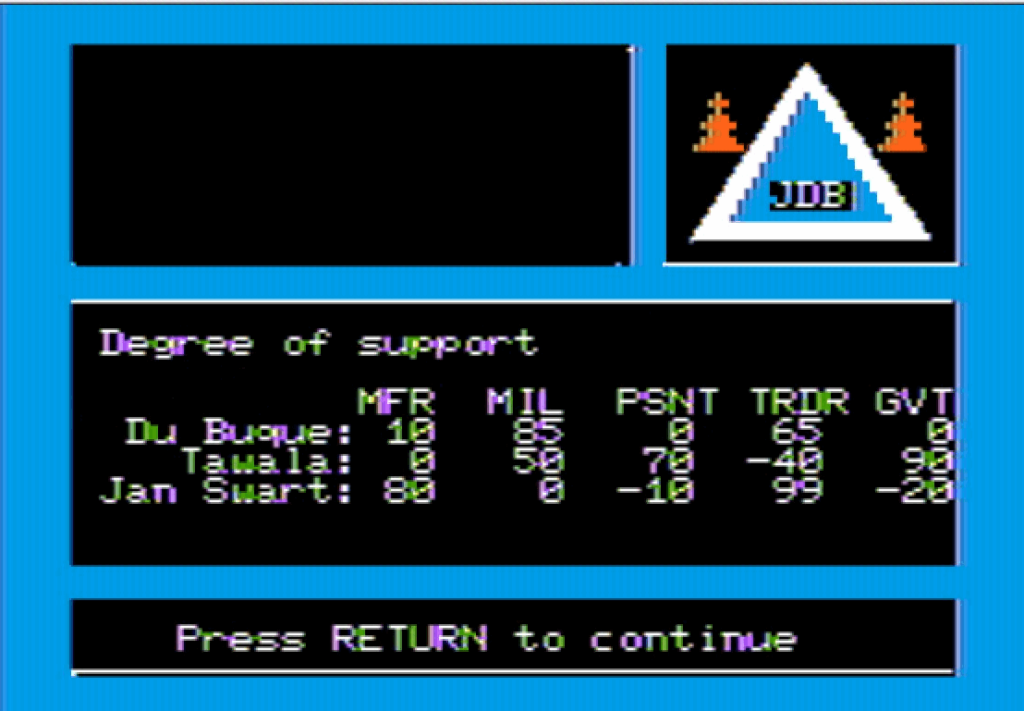
You asked me about my recollections of this conflict. I do not want to get too much into details. You know the basics : the Revolution was started by Jan Swart and his secret society known as the Broederbund. Jan Swart was hitherto unknown, so few worlds would follow him, but many worlds were also fed up with Tawala’s regime, so they would not join the Emperor either, and they declared themselves independent. Among those independent worlds, my home world Sparta chose me as their leader.

You have to know that I was in the neutral world of Farside as those early events unfolded. As luck would have it, I had my full personal battlefleet with me ! Why did I have my personal battlefleet with me ? Pure coincidence really ! Nothing planned ! You see, Tawala had tried to get me assassinated, and I had made a small fortune in the trading of Tenibles, so I thought “why not have a battlefleet for self-defense ?”
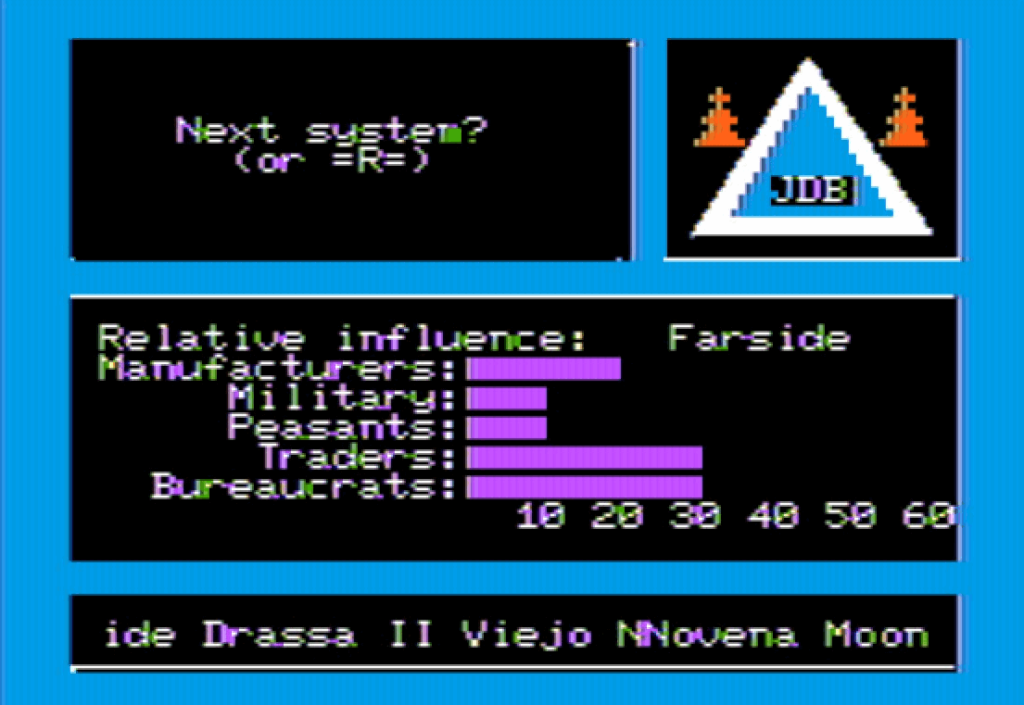
Farside was a world of traders and bureaucrats, on the verge of supporting Jan Swart. Being present with my army, I had some say in the politics of this world, of course !

I really wanted to alter the local balance of power. More specifically, I wanted the military faction to gain power, and I wanted Jan Swart to lose support. Of course all this without making this world support Tawala either. Therefore, I proposed, nay, demanded that this world enact Universal conscription. This would make the military faction much more powerful, and weaken the peasants and the traders.
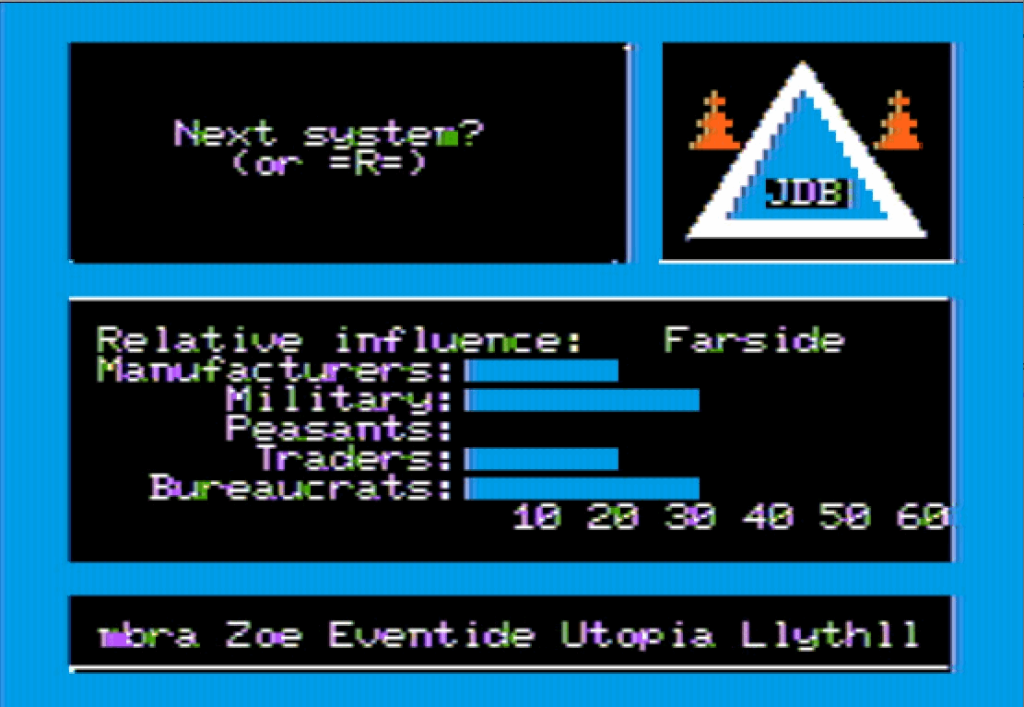
This was enough to make Farside loyal to me in the future !
These kinds of local reforms get noticed, of course. Traders’ and the peasants’ support for me waned accross the whole galaxy, whereas the army was confirmed in their belief that I was their man !

But let’s be clear on one thing. At this point of time I needed weapons. To have one legion ready for combat, you need 10 000 men, one unit of arms and one ship. I had the men, I had the ships, but no weapon. I needed them manufactured, and for this I needed worlds where the manufacturers were influential. That’s why I made sure that the rules that would be enacted would not upset the manufacturers, even though I knew that those people’s hearts & minds belonged to Jan Swart.
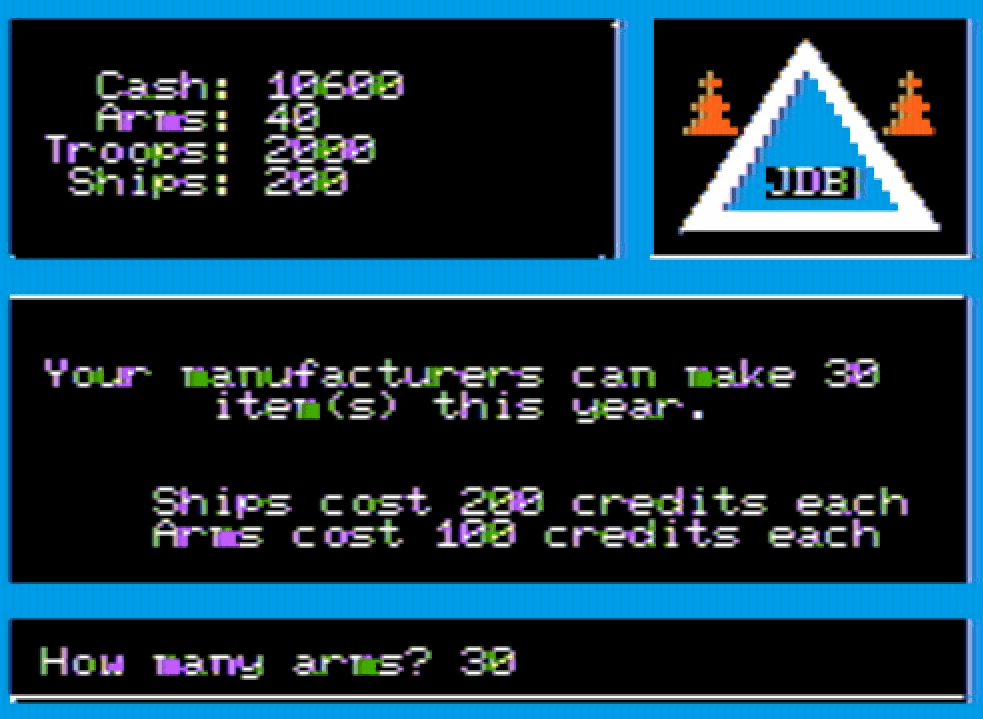
Thanks to Eventide, I could have 70 legions ready when I only had 40 initially. I also taxed the two worlds I controlled for 300 credits each. (Note that since my times as a Galactic Trader, Tawala’s Central Bank had returned to its ultra-hawkish restrictive monetary policy and hyper-inflation is now a thing of the past).
This manufacturing problem actually determined my next move. As I just said, Jan Swart had the support of the manufacturers, which means that if I wanted to develop manufacturing in a world, then I was at risk that said world would switch to Jan Swart and his Broederbund. But on the other hand, I needed manufacturing. The solution, of course, was to get rid of Jan Swart as soon as possible. After all, Jan Swart was a plutocrat with neither military nor peasant support. His army was small, and he was vulnerable :

Jan Swart had received support from a new world, Zoe, but I wanted to strike his political base : Yang-tzu.

The battle was one sided :
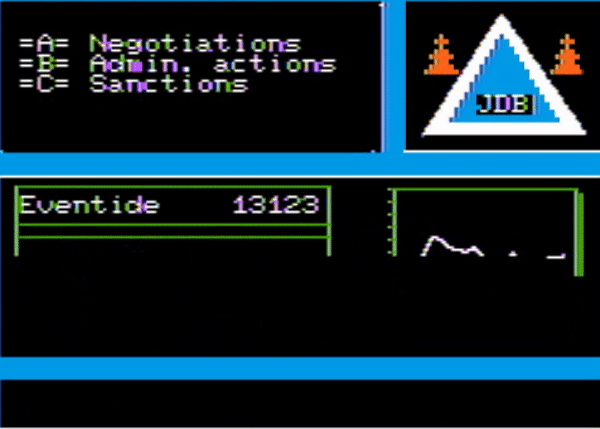
Jan Swart may have been defeated, but given its political landscape Yang-tzu would have reverted to him the minute I left for another world. I had to do something. I won’t bore you with the details of my politics on Yang-Tzu. I will just say that after enacting Conscription, Passing Safety Laws and Reducing Tariff Yang-tzu was now vouching for me.
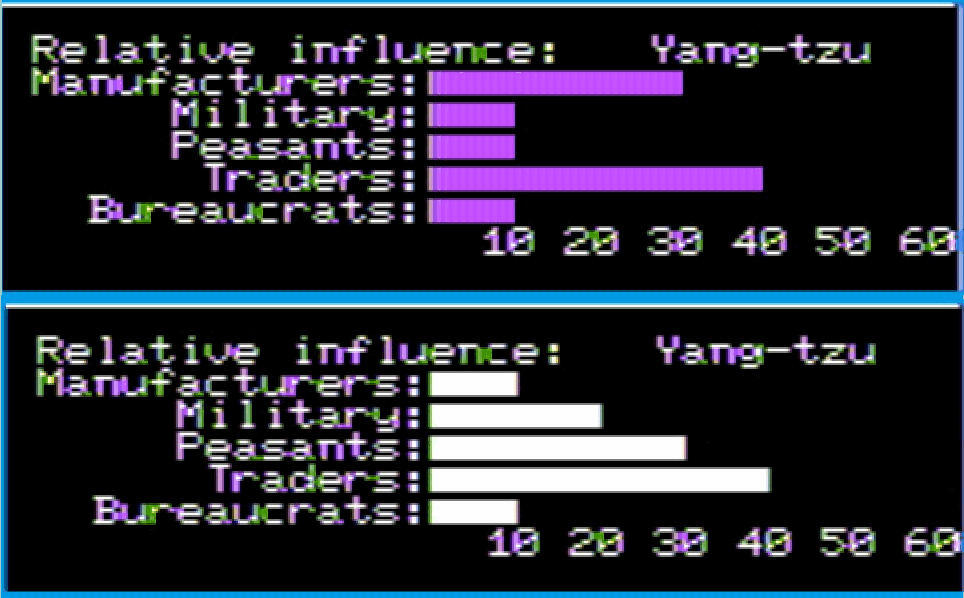
My overall reputation with the manufacturers had taken a hit with those policies, but the humiliation of a military defeat had also decreased Jan Swart’s reputation all across the board, so comparatively I was no worse off than before with the manufacturer demographic.

I reinforced my army further :
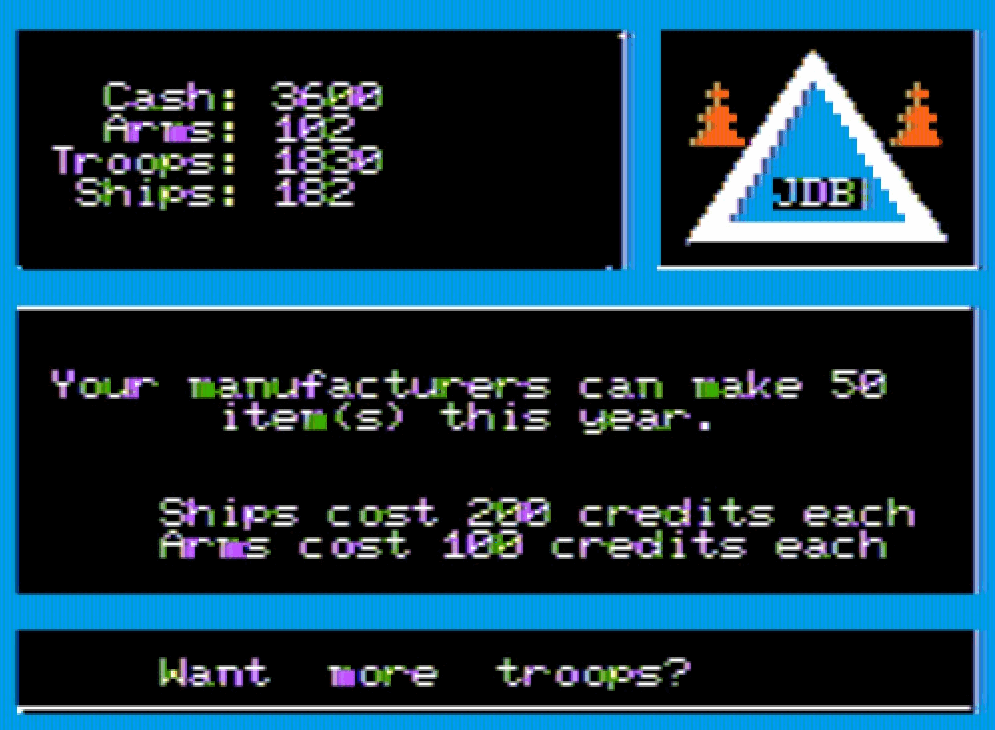
Eventide appreciated my global policies. They were previously loyal to Tawala, but they defected to me – I didn’t even have to visit them.

I wanted to finish off Jan Swart, and I tracked him to Llythll :

A few smart policies in Llythll put the right people in power, and just like that Jan Swart was out of support. At that point, Viejo had also understood which direction the wind was blowing.
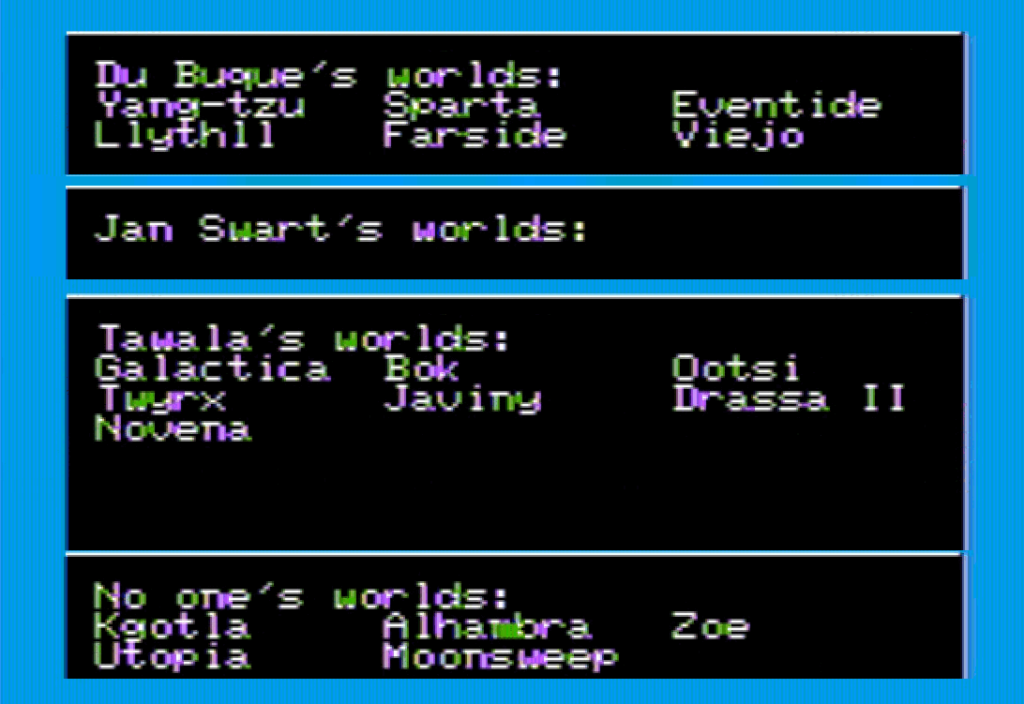
At this point, I was almost matching Tawala in terms of number of worlds controlled. My army was also powerful, so well, it was time to strike the heart of the empire: Galactica !
This was the only battle for which I was not absolutely sure of the outcome at the beginning – still I won handily :
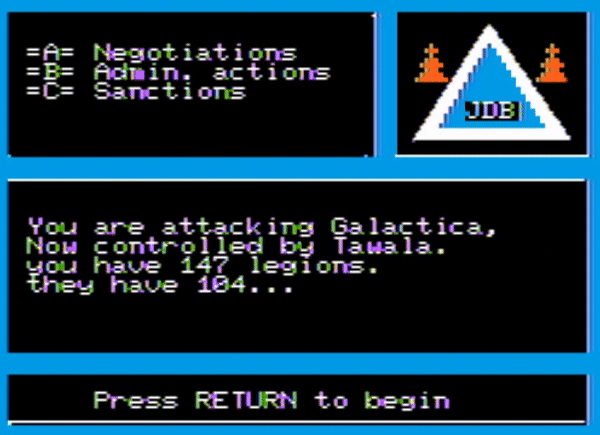
Once in control of Galactica, I enacted policies whose objective was not to make me popular in Galactica, but to make me popular in the Galaxy as a whole. Consequently, as I left the system, I knew Galactica would revert to Tawala’s side.
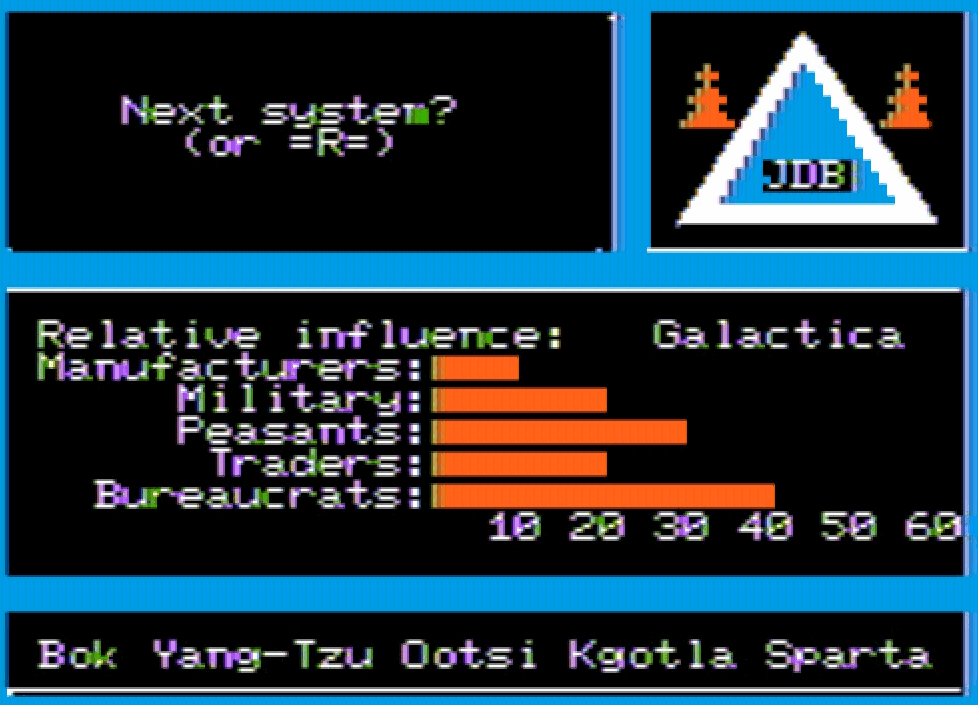
It mattered little. Tawala’s reputation had been seriously hit by his defeat, and mine was in every opinion poll higher.

I had no idea where Tawala would flee, but I knew I would just have to tour his soon former Empire to enforce my will. I started with Bok but, surprise, it had already declared itself independent when I arrived there. At this point, very few worlds still followed the so-called Emperor.

After ensuring Bok stayed on my side, I headed back to Galactica once again – where I clashed one last time with Tawala

Tawala defeated a second time, most worlds defected to me :

Only Javiny and Utopia remained independant. I spent then next two years visiting them. Galactica used the opportunity to rebel, so I visited it a third time. Finally, the reconquest ended with Novena, which had also rebelled at some point.
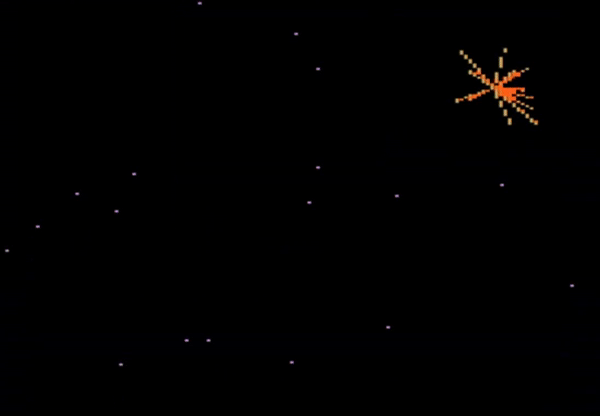
Rating & Review
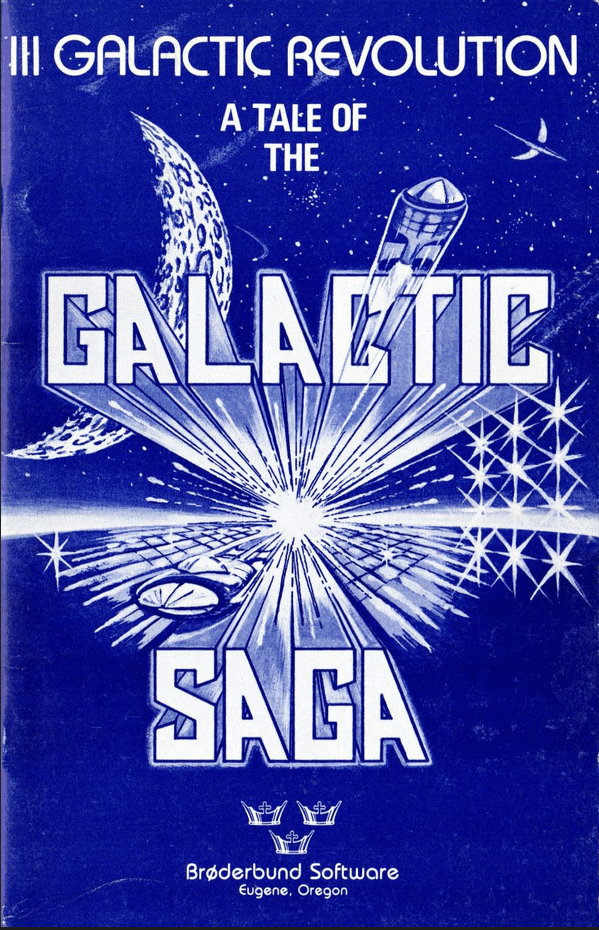
Galactic Revolution by Douglas Carlston and Brøderbund Software, USA
First release : 1980 on TRS-80
Tested on : Apple II
Total Hours Tested : 1 !
Average duration of a campaign: 30 mn- 1 hour
Difficulty: Easy (1/5)
Would recommend to a modern player : No
Would recommend to a designer : No
Final Rating: 17/100
Galactic Revolution is the third episode of Douglas Carlston’s Galactic Saga. Once again, it is a very different game from the previous opus. It shares a bit more with Empire than with Trader : the player needs to build troops with soldiers, ships and – that’s new – weapons, and attack worlds.
The similarities end there. The flow is very different : the game does not use “continuous” time but is fully turn-based. There is no more starmap, it takes exactly one turn to go from one world to another. Even more importantly, it is multiplayer :
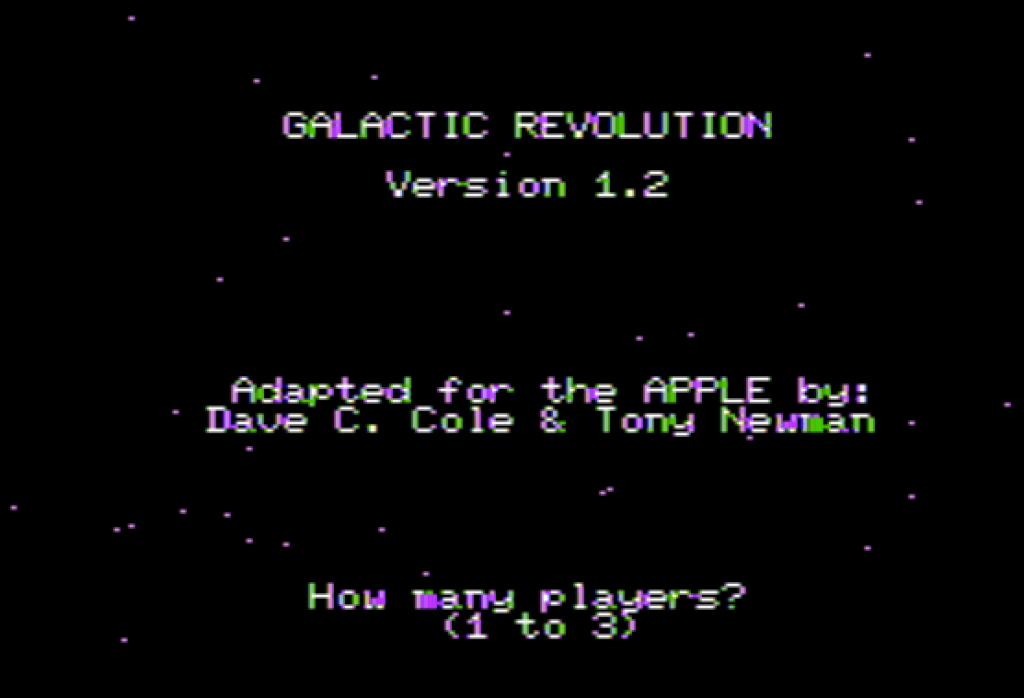
Finally, there is all this layer of “policies” that is absolutely necessary to take control of worlds. I believe it is the first game to have this feature. But does it work ?
A. Immersion (Settings & Aesthetics)
The game feels a lot less immersive than Galactic Empire. The view of the planet the player is orbiting has been removed, and Galactic Revolution‘s main view is no more than a dashboard.
But there are some nice extras ; the game uses different art for the UI of Tawala and of Jan Swart. I assume the main purpose is to allow players to understand who is playing at a given moment, but it really gives a different feel to the three factions. There are also some random sentences which look like Easter Eggs (?) or which at the very least sound mysterious.
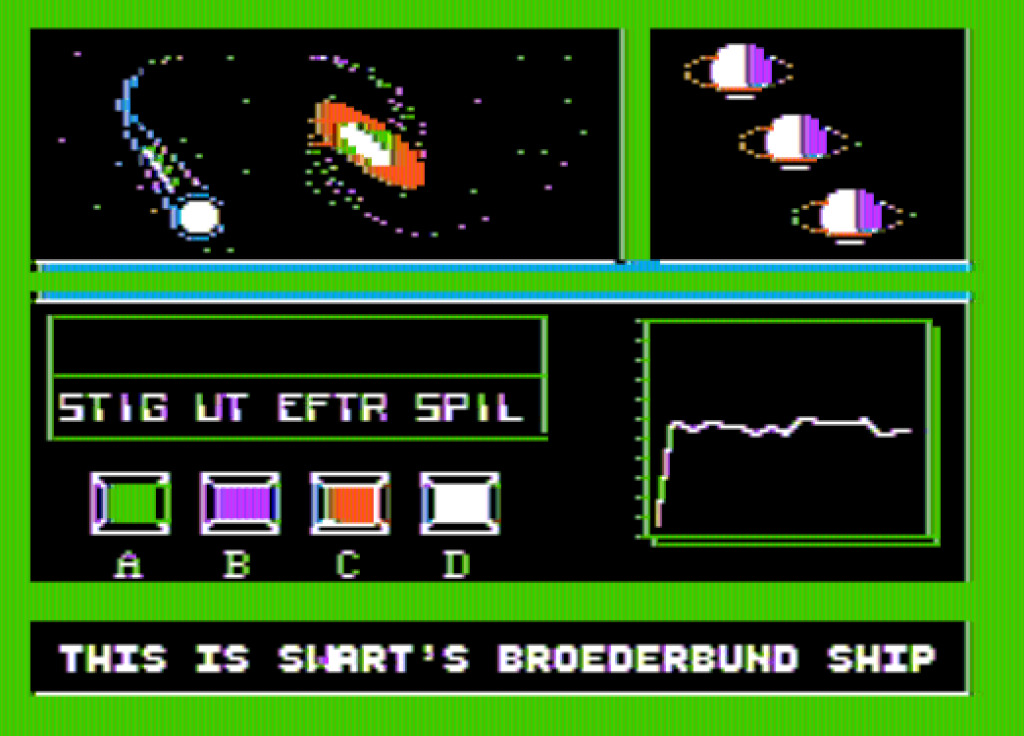
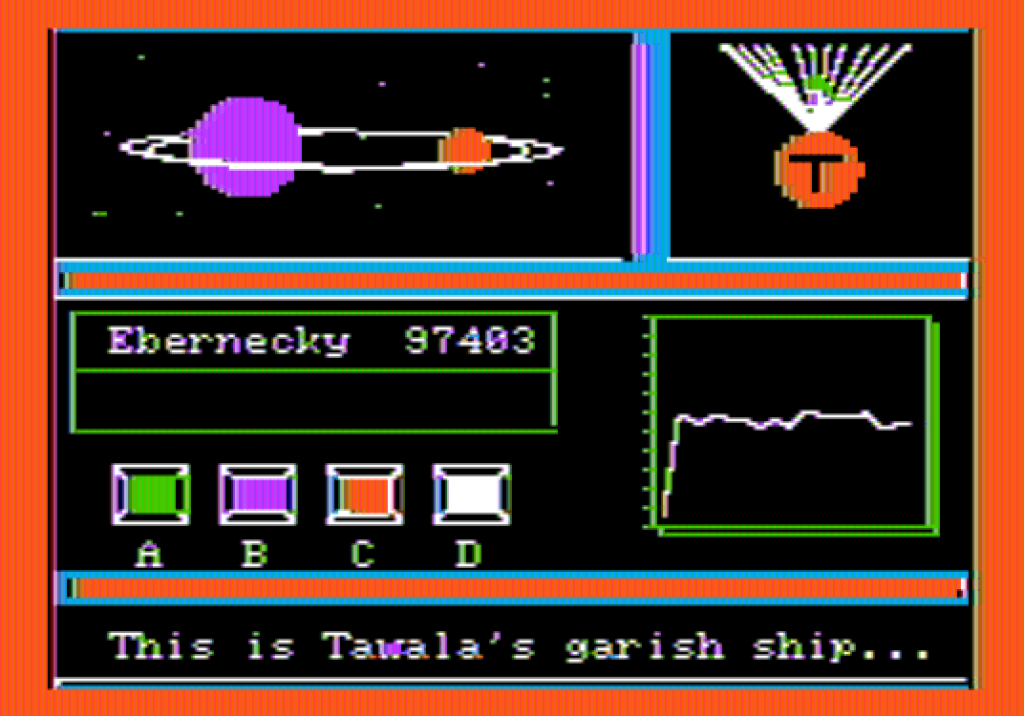
Score : 4/20
B. UI , Clarity of rules and outcomes
For a game that is a giant dashboard, the UI is not as well-done as it could be. My very first reproach : you need to navigate through the menus to know on which planet you are. There is a lot of unused space that could have been used to tell you where you are, but no, you need to navigate to the Computer and then check your status.
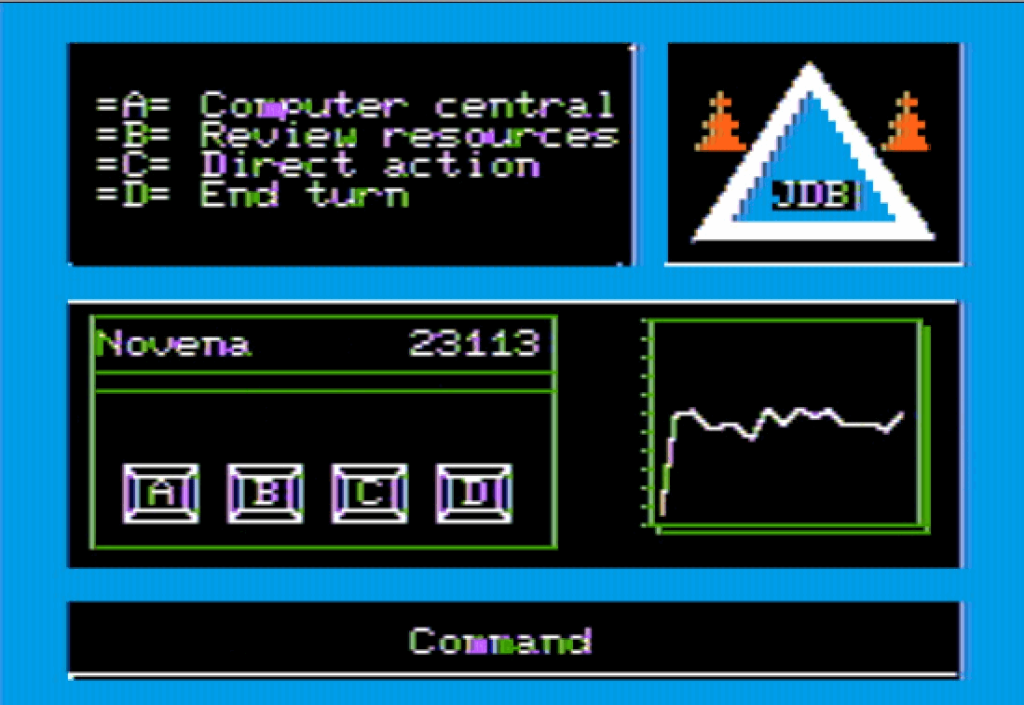
It is too common in this game to hide some key information in some menu several steps away from where you need it. Another example : you cannot check quickly your popularity in a world after you have done some administrative actions, you need to leave the “policy” menu and navigate to Computer Central, then the Galaxy Directory, then the planet you are in. At least, all the information you need is somewhere.
Well, almost all information. The game’s key feature are the administrative actions you can do on a planet – but the documentation does not state the effect of each of them. Carlston explains in the manual that he did that on purpose because he did not want it to become a number’s game. I understand his motivations, but in my opinion it is just too important not to know, so the first 30 minutes of my experience with this game was me indexing the effect of every policy.
Score : 3/20
C. Systems
Galactic Revolution is an innovative game, and certainly Carlston tried to do something new in it.
The core of the game is the player’s reputation with the five factions (from -99 to + 99) and the influence of those factions on each planet (from 0 to 6). Multiply your reputation with each faction by the power of that faction in a given system to calculate your popularity in that system. If your popularity is above 400 and higher than the popularity of any other player, this system is under your control. If no one reaches 400, the world is independent.
To improve your popularity, you pass administrative measures on each planet, which will change the influence of each faction on this planet. As I explained, I spent some time initially collecting the impact values for each decision :
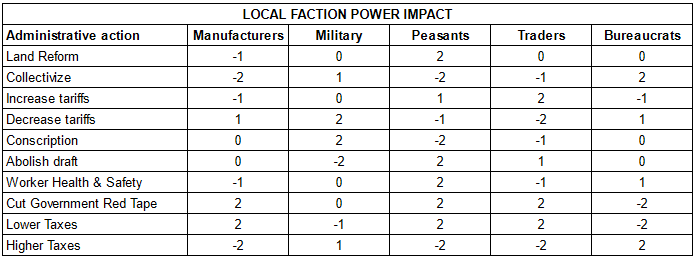
Each of those decisions has a broader impact on your general reputation :
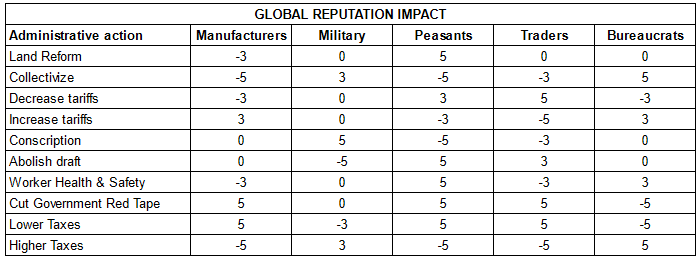
Some decisions are clearly better than others for your global reputation. For instance, no one likes red tape except bureaucrats, so the decision puts you at a solid +10 in global reputation. But keep in mind that because it reinforces manufacturers and traders while weakening bureaucrats, it gives Jan Swart up to 380 popularity points on whichever world you cut red tape, while giving Du Buque at most only 150 popularity points (assuming both characters have their starting reputation).
So, in theory, you are forced to make some decisions that will harm your global reputation because those decisions will shift the local balance of power in a way more favorable to you.
There are a few more subtleties :
- How many ships & arms you can build every turn depends on the total manufacturers’ faction power in all your systems,
- How many soldiers you can recruit every turn depends on the total peasant faction power in all your systems,
- Every time you pass the “lower taxes” decision, the amount of tax EACH world pays you is decreased by 100 (it starts at 300) – it impacts every single world even though the faction power change is only local. By the end of the game, I was not collecting any tax, anywhere.
- Every time you pass the “higher taxes” decision, the opposite is true, up to a maximum of 1000.
As for attacking a planet – it only allows you to take control over a world for the current turn. Of course, once a world is under your control, you can take administrative actions to lock it to your cause.
In addition, military victories improve your reputation with every faction by 0 to 10 (I believe randomly), and decrease the reputation of the defeated player by the same amount.
The design is interesting, but it collapses due to a few things :
- You can take as many administrative actions as you wish every turn (with a limit of one of each type of course), so it is easy to take all the actions making you leader of that world, and then take extra actions that make you more popular galaxy-wide – especially if you consider one of non-critical factions (military, traders or bureaucrats) as a dump stat that you will bring to 0 influence every single time – this way you can easily improve your reputation by 10 to 20 each turn with manufacturers and peasants.
- Military battles have a massive snowball effect with their reputation impact on both the victorious player and the defeated one, and I believe it is impossible to recover from the destruction of one’s army due to the sheer cost of units,
So in theory the manual advises you to only attack if desperate or if you have an overwhelming advantage. My advice : attack as soon as you can.
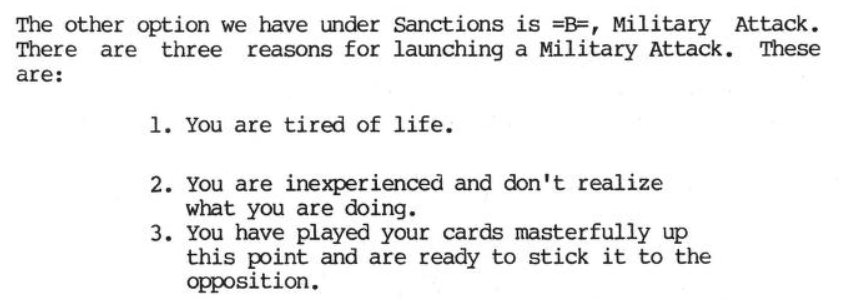
Overall, I feel like the game would have been more balanced if administrative actions had cost resources (maybe one generated by bureaucrats) and if being warlike harmed your reputation – whether you win or lose.
Final note on the design, in multiplayer there are 3 additional options in the game :
- You can ally with another player, the most important impact is that your ships, arms and troops are pooled together. The initial situation is that each challenger is only lacking one resource, so the combined army lacks, well, nothing. When the player in an alliance attacks, he does so with the combined force.
- You can choose not to commit all your forces to defend from an attack. In my opinion, you should either commit everything, or nothing – except rare cases where you want to defend a bit for diplomatic reasons,
- You can blockade enemy systems without attacking them. Your opponent will have to lose one turn to “free” the blockaded system before they can draw resources from it.
Score : 5/20
D. Scenario design & Balancing
I really like the starting point of the single player campaign: You have only one world, you are popular only with one useless faction (the military) and to a lower extent with another one : the traders – and even then Tawala is also liked by the military faction and Jan Swart is loved by the traders. It looks like it offers an interesting challenge.
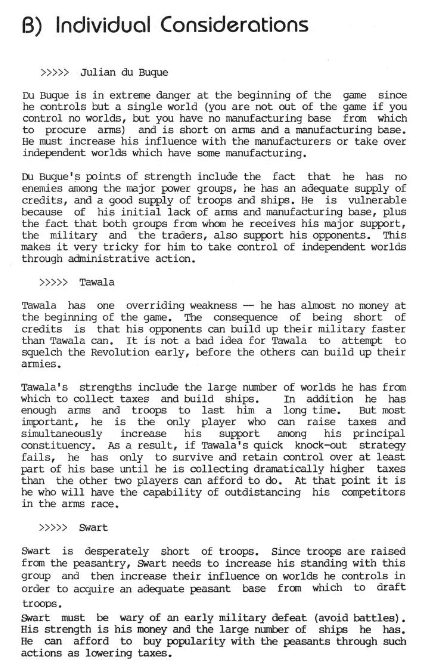
Unfortunately, the game is just too easy. Growing in popularity with 4 out of 5 factions is trivial, and if you are focused on building an army, Du Buque is in position to be dominant in exactly 3 turns. My After Action Report was my very first game (after indexing the administrative actions), without ever loading the game, and by the end of turn 4 it was clear I was winning and just had to mop-up the last systems. The AI is just not active enough to be a threat.
I regret I cannot play Jan Swart or Tawala in solitaire. Playing Jan Swart in particular I could not have won with a blitzkrieg strategy. On the other hand, I suspect my turn #1 as Tawala would have been a military visit to Du Buque’s homeworld.
In multiplayer, I suspect the alliance rule keeps the game relatively balanced : every time a player has an advantage, the two remaining players ally to placate them – though this is a virtue of any 3 players game, not specific to Galactic Revolution.
Score : 2/20
E. Fun and replayability
I had a lot of fun… for the 30 minutes or so it took me to win. I don’t see myself replaying the game in solitaire.
Score : 3/20
F. Final rating
17/100. I really wish the game had been stronger, because it is very creative, but sadly the design is not balanced.
Contemporary Reviews
As I stated in my review of Galactic Trader, Galactic Trader and Galactic Revolution were usually reviewed together with Galactic Empire, and the latter always received most of the attention – it is therefore quite difficult to know whether or not reviewers were impressed by the innovations found in Galactic Revolution.
This time, I am not even fully saved by the 1982 Book of Apple Computer Software as the reviewer focuses on the multiplayer experience. It claims that the game “has been well thought-out with its check and balances” and concludes : “the avid space strategy fan will enjoy this game“.